Rodrigo Astrophoto
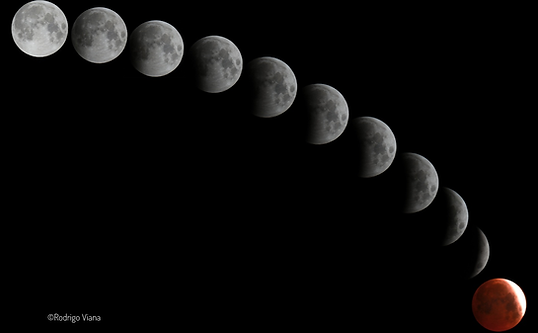
My Equipment
Telescopes and Binoculars
- Celestron NexStar 6SE
This is my main telescope, which I acquired on May 19, 2021. It marked a turning point in my journey, allowing me to capture incredible details of planets, the Moon, nebulas, and even distant galaxies. The Celestron NexStar 6SE, designed and crafted by Celestron, is a Schmidt-Cassegrain telescope that combines versatility and reliability, excelling in both performance and portability. With its 150mm (6-inch) aperture, 1500mm focal length, and an f/10 focal ratio, it offers excellent light-gathering capabilities and sharp, high-contrast images. The telescope features an altazimuth mount with a fully computerized GoTo system, capable of locating and tracking celestial objects. It can capture objects as faint as magnitude 12.7, making it ideal for observing deep-sky targets as well as planets and the Moon. This telescope has been by my side since 2021 and continues to inspire my astrophotography journey.

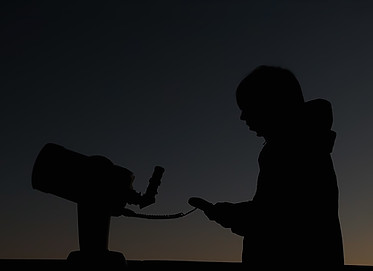
- Celestron Skymaster 25x70
In 2020, I decided to purchase the Celestron Skymaster 25x70 binoculars to take with me on vacations and to explore various places, as they are easy to transport. I don’t use these binoculars for astrophotography, but rather for observing and appreciating our night sky as well as nature. With a 25x magnification and 70mm lenses, they provide an excellent detailed view of stars, nebulas, comets, and other celestial objects, as well as being perfect for observing landscapes and wildlife. They offer a great immersive experience, both in the sky and on the ground.
- National Geographic 60/700
This telescope was my first telescope. Its a beginner refractor telescope, with a 60mm aperture and a focal length of 700mm. It was the perfect introduction to the world of astronomy, allowing me to observe the Moon, planets, and stars in greater detail for the first time. I’ll always remember the excitement of seeing the Moon’s craters clearly for the first time, which truly ignited my passion for astrophotography. While I no longer use it for stargazing, it still holds a symbolic place in my room. I haven’t sold it because it represents a significant milestone in my journey, and its value isn't enough to justify the sell. Its last use was on June 10, 2021, when I observed a partial solar eclipse. Now that I have more advanced equipment, I no longer use it, but I’ll never part with it - it will always be a meaningful part of my collection.

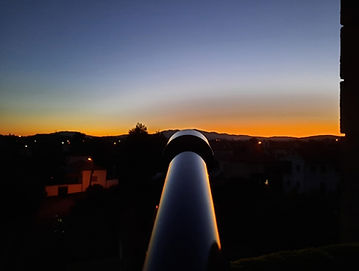
Tripods
- Hama Star 63
- Hama Star 5
Planetary camera
- ZWO ASI 662MC
The ZWO ASI 662MC is my go-to camera for capturing detailed photos of the Moon’s craters and planets. Its high-sensitivity sensor and low noise provide sharp, high-contrast images, revealing incredible surface details of Jupiter, Saturn, Mars and Venus. Paired with my telescope and proper software, it has become an essential tool in my astrophotography journey.

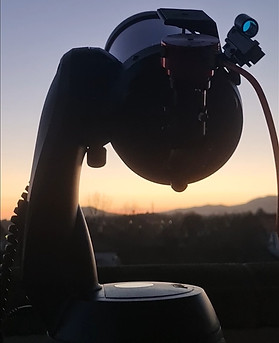

DSLR camera and lenses
- Canon 250D
My DSLR has become an essential tool for astrophotography. I use it with a T-ring and adapter to connect it to my telescope, allowing me to capture high-quality images of planets, deep-sky objects, and distant galaxies. When I’m not using the telescope, I pair it with my lenses to photograph the Milky Way, nebulas, meteor showers, and other celestial wonders. Whether through the telescope or with a lens, the Canon 250D helps me bring the night sky to life in stunning detail.

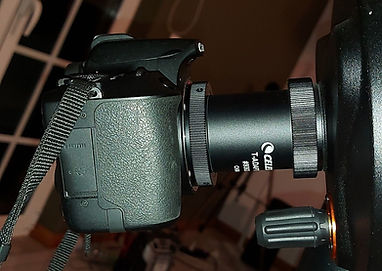
- Canon 18-55mm EF-S F4-5.6 IS STM
A versatile lens that I use for nightscapes and panoramic astrophotography, including capturing the Milky Way. Its wide-angle capability is perfect for photographing vast expanses of the night sky.
- Canon EF 70-300mm f/4-5.6 IS II USM
Ideal for capturing more distant celestial objects, such as the moon, galaxies, nebulas, and much more. This telephoto lens allows me to zoom in on far-off targets and achieve incredible clarity.
Accessories
- PHOLSY C6 Intervalometer
- Celestron 2x Barlow
- Baader Solar Film
- Celestron Dew Heater Ring
- ZWO IR Cut Filter
- ZWO IR Pass 850nm Filter